Driving with a joystick is now common on outboard-powered boats, which is making boating easier for most and safer for all.
Not all joystick controls for outboards are created equal. While the result may be the same—you lean or twist the dash-mounted joystick to port or starboard and the boat moves that way—how those hydrodynamic moves are achieved can be drastically different from system to system.
Joystick control came to the recreational market with the introduction of Volvo Penta’s IPS pod drive system in 2004. On inboard-powered boats the pods and joystick controls
work amazingly well and have only improved.
Today, outboard engine manufacturers Evinrude, Mercury and Yamaha all offer their own branded joystick control for new builds, while SeaStar Optimus and Yacht Controller
offer systems that can be added as a retrofit or built in during construction. The Suzuki Precision Maneuvering (SPM) Control System is based upon the SeaStar platform, and
Yacht Controller’s Sport package is a joystick system that utilizes the bow and stern thrusters.
Make no mistake, tremendous forces are at work to make 30-foot center console boats move sideways, and all that force is applied at the transom. The transoms on today’s center console boats are stronger than ever, due to the increased weight and horsepower of today’s outboard engines; a single 350-horsepower outboard engine weighs more than 650 pounds dry.
The ability to spin a boat within its own length with the joystick comes in handy in tight channels and marinas. The computer takes over to steer and throttles multiple outboards
individually to maneuver the boat at low speeds through input from a joystick. The same ability to spin and move sideways port or starboard also allows Mercury’s Skyhook system
to keep you locked onto a lat-long coordinate via the boat’s onboard GPS. That’s a real advantage in deep water where you can’t anchor but want to stay on a spot, or if you are
operating the boat alone and want to remain stationary for a few minutes while you move around the boat.
“We added additional features to Skyhook earlier this year,” said Rob Hackbarth, Mercury’s controls, and rigging category director. “Bowhook locks the position of the vessel while allowing the vessel’s heading to change depending on wind and water currents. This is useful when maintaining position is important but maintaining heading is not, and Drifthook locks the heading of the vessel while allowing the position of the vessel to drift with the wind and water currents.”
SeaStar spent a lot of time understanding how to best maneuver the boat with a minimal amount of shifting and movement resulting in the creation of three zones. Those zones are position mode, heading mode, and heading and position mode. “For example, when
the boat is moving sideways, the captain can turn the joystick starboard or port, and push the joystick forward or reverse and the engines will not change gears,” said Shane DeWitt, SeaStar product manager. “SeaStar modulates the rpm of the engines to get the desired maneuver.”
Boats designed and built specifically for joystick control have appeal to customers of all experience levels. “Yamaha Helm Master is a fully integrated boat control system, not an add-on or hacked-in control system,” said Ry Landry, product information specialist,
Yamaha Marine Group. “It was designed by Yamaha to offer a seamless integration of controls and features with the reliability of Yamaha power. This just isn’t possible with aftermarket add-ons.”
The Evinrude iDock joystick piloting system uses gyroscope sensor technology to compensate for wind and current. The two-stage joystick adds power the more the joystick is pushed, so operators can quickly double up on propulsion. iDock is compatible
with new Evinrude E-TEC G2 engines from 150 to 300 horsepower set up in a twin-engine application, and marked by an iDock logo.
Suzuki Precision Maneuvering is available on boats rigged with twin or triple Suzuki AP Series outboard motors as well as its new DF350A. With no conventional steering, throttle or shift cables to run, installation is easy, especially if second stations are involved.
However, adding a joystick control system as a retrofit can be a tremendous benefit. “Our system is old school,” said Gerald Berton, president of Yacht Controller, who reports that he has more than 10,000 Yacht Controller systems in use, and the Sport is a natural evolution of the product for outboards. “It’s really easy to move a boat around with thrusters on the front and back. You don’t have to deal with those tremendous forces generated by two or more outboards trying to spin a boat from the transom.”
While thruster failure is rare, if a bow or stern thruster does conk out, Berton adds, it’s not going to leave the boat inoperable. “If the thruster fails when you are in The Bahamas, it’s not a major deal. But with the other joystick systems, if a hydraulic line
or electronic system fails, you could be stranded. It may not be an easy fix if one of the
engines cannot be controlled.”
USEFUL WEBSITES
Evinrude
evinrude.com
Mercury
mercurymarine.com
Sea Star Solutions
seastarsolutions.com
Suzuki
suzukimarine.com
Yacht Controller
yachtcontroller.com
Yamaha
yamahaoutboards.com
By Doug Thompson, Southern Boating
February 2018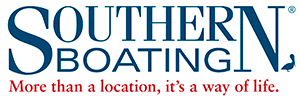
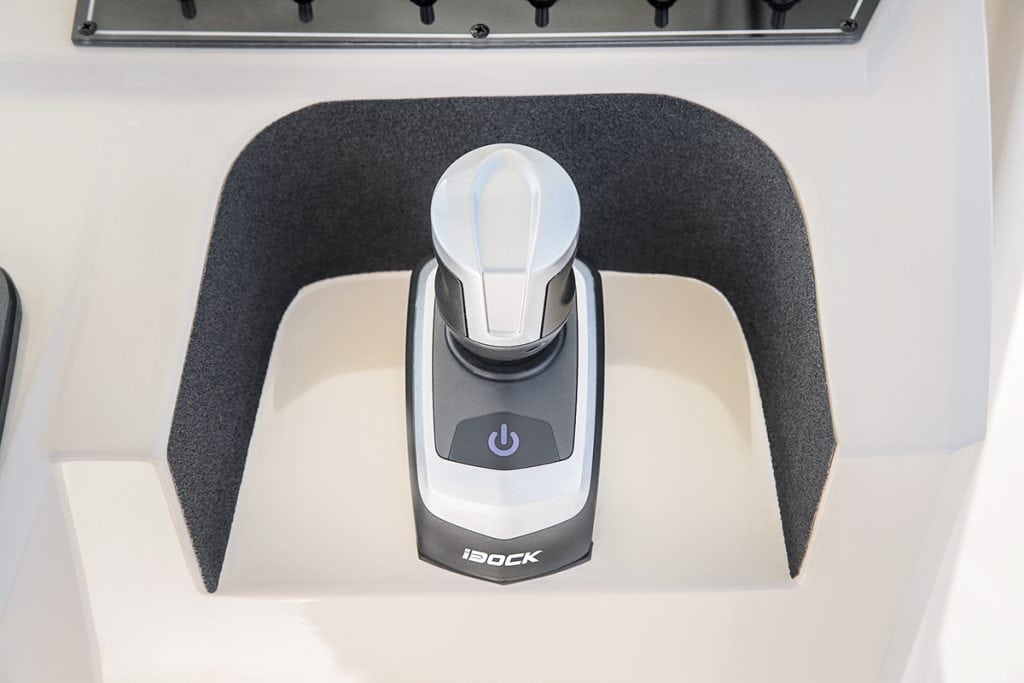
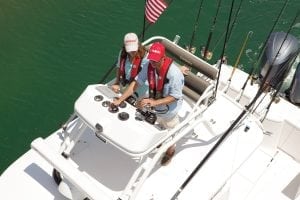
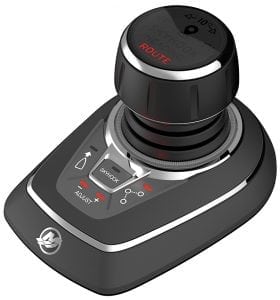


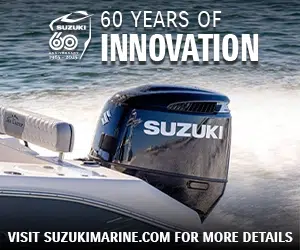
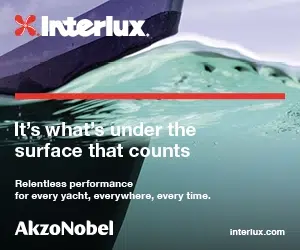
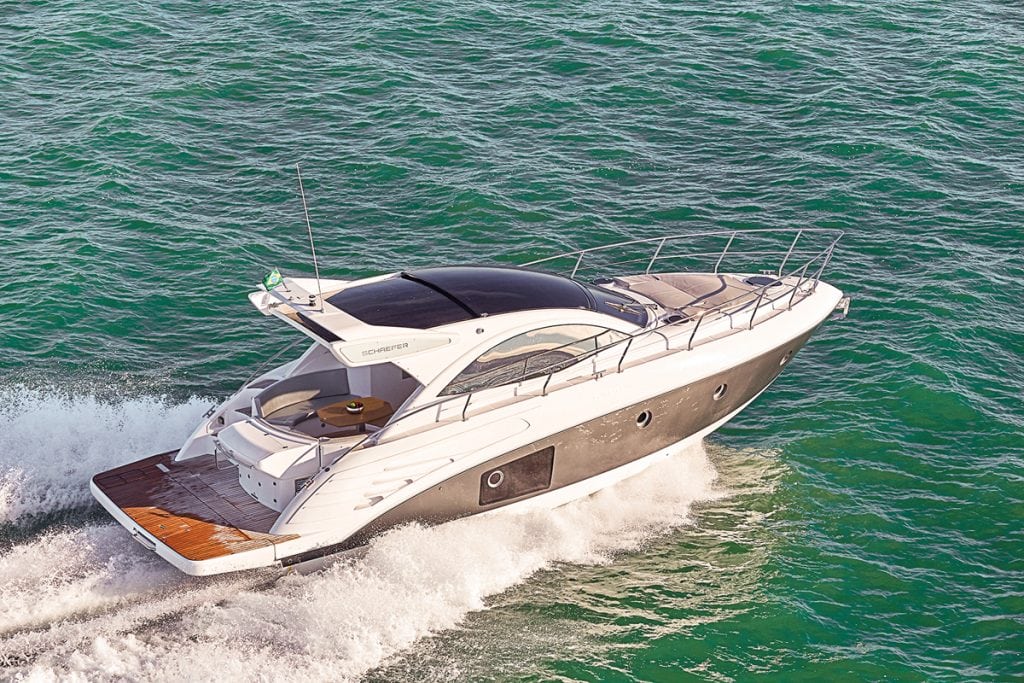
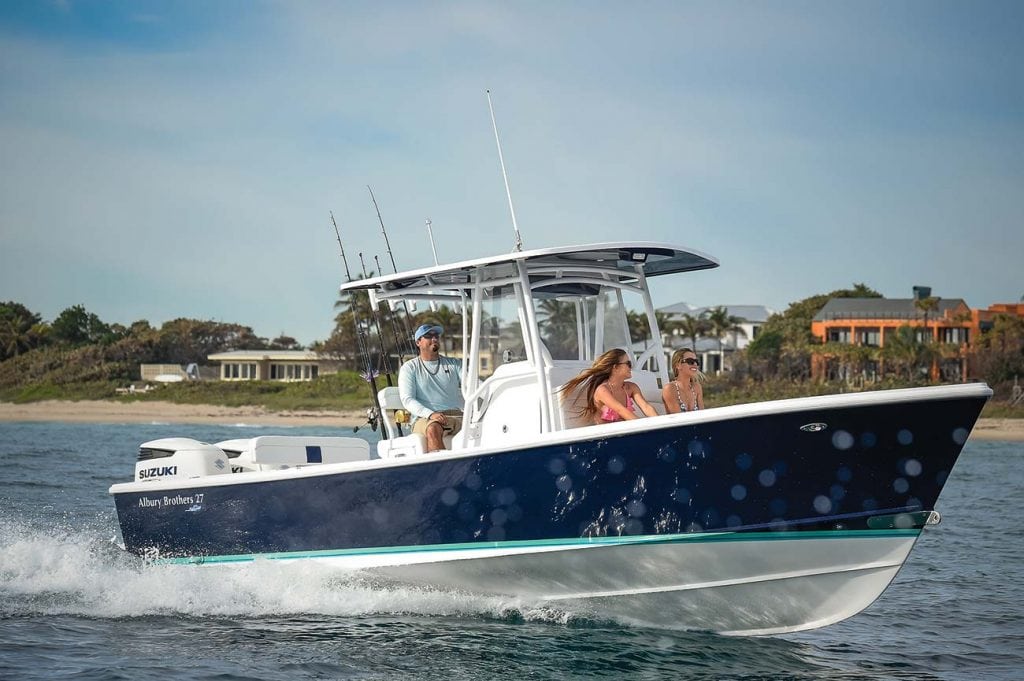









Thanks for elaborating on how driving with a joystick can make it easier. I agree that to really make a difference you want to find a quality joystick that feels good in your hand. I would imagine that most machines are easier to drive with a joystick because of its range of motion.